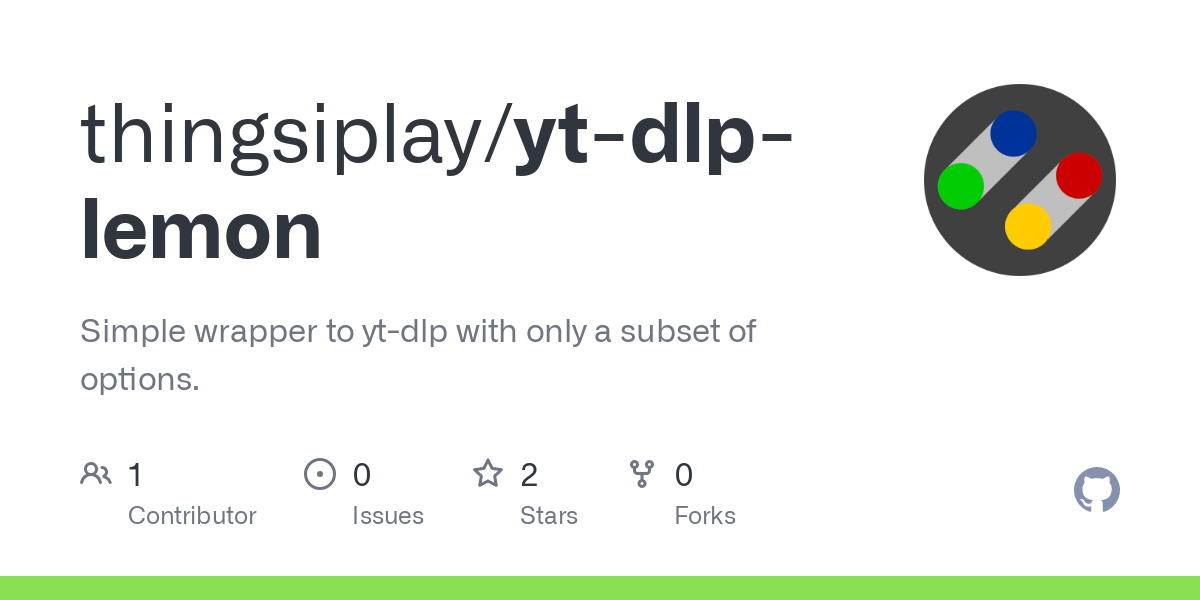It’s not a big deal to anyone except you.
Wrong, this is a big deal for the developers, for the users and for any maintainer of packages.
And this wasn’t a big change or new feature so they decided to implement it. It’s pretty bold to assume this was a huge change.
It is by definition a big change. And I defined it in my first reply. As you ignore all of this and waste my time, I will not read any further and block you now.
The KDE team really should consider a 1 year bug hunting phase without bigger changes like the thing about desktop edit mode we discussed here. This is my suggestion.








I personally would prefer LibreWolf over Mullvad, because it is based off Firefox.